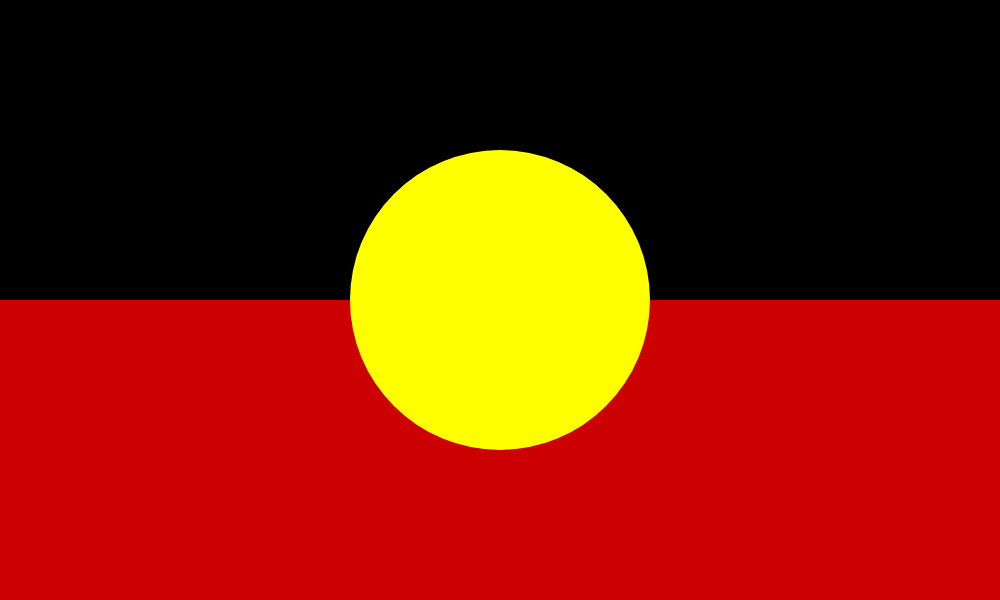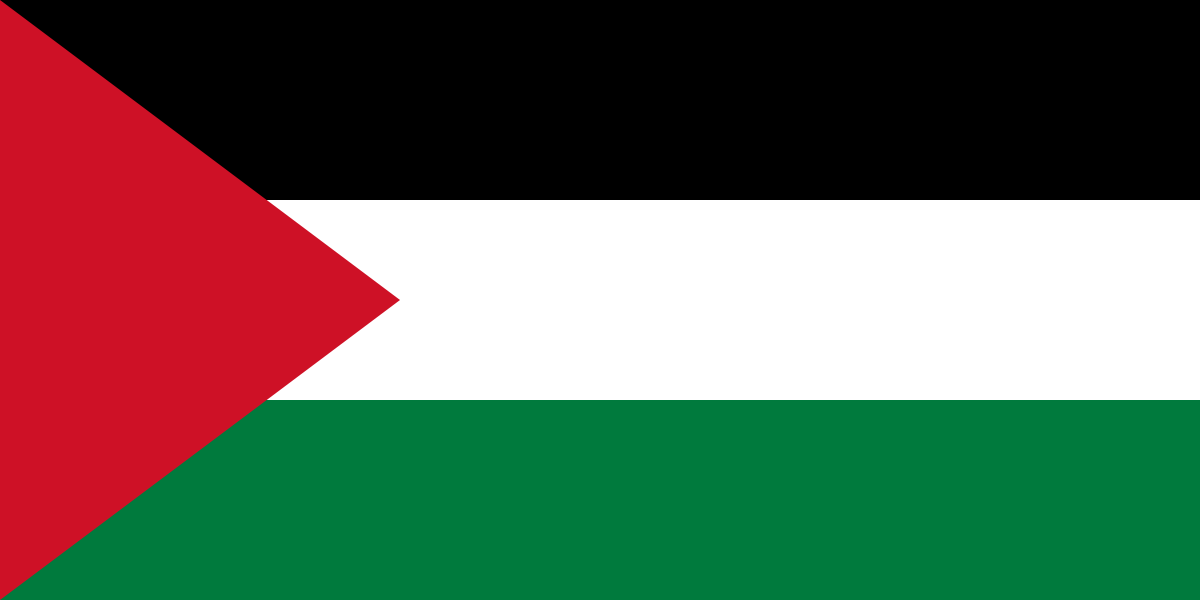- Before the arrival of European colonizers, rural societies in the Amazon Basin domesticated plants and developed agricultural practices and infrastructure which provided supplies of food and fiber and improved crop yields.
- As missionaries and the expansion of trade brought pathogens into communities which lacked immunity, the number of Indigenous people across the Amazon dropped drastically in the fifteenth and sixteenth centuries, from an estimated 4 to 15 million people to about 400,000.
- In Brazil, a population census in the early 1990s showed an increase of Indigenous population, indicating higher birth rates and increased Indigenous self-identification. Boosting the latter across the Amazon Basin requires policies that prioritize the formalization of land rights of communities with specific ethnic heritage.
Prior to the arrival of Europeans, the Amazonian lowlands were home to several hundred ethnic groups living in tens of thousands of villages with a population estimated at between four and fifteen million inhabitants. Over millennia, these societies transformed landscapes along the main stem of the Amazon River and its major southern tributaries by developing agricultural practices that created dark earth soils, a technology that improved the physical and chemical properties of tropical soils, increased their productivity and ensured their sustainable use over centuries.
Tragically, all of these societies collapsed in the fifteenth and sixteenth and centuries, when epidemics caused by pathogens introduced during the Colombian Exchange burned through their communities. Although archaeology has yet to discover all the gruesome details, these societies were particularly susceptible to pandemics because of their relatively high population density and a trade network that promoted cultural interactions. The population is believed to have fallen to fewer than 400,000 individuals in a cataclysmic demographic collapse.
The rubber boom of the late nineteenth century led to another round of decimation, as Indigenous communities were enslaved, displaced or massacred. Most survived as ethnic entities by fleeing deeper into the forest, occupying forest landscapes along tertiary tributaries or remote valleys in the Andean foothills and Guiana highlands. Anthropologists estimate that Amazonian Brazil had a population of only about 100,000 Indigenous people in the mid-1970s.

